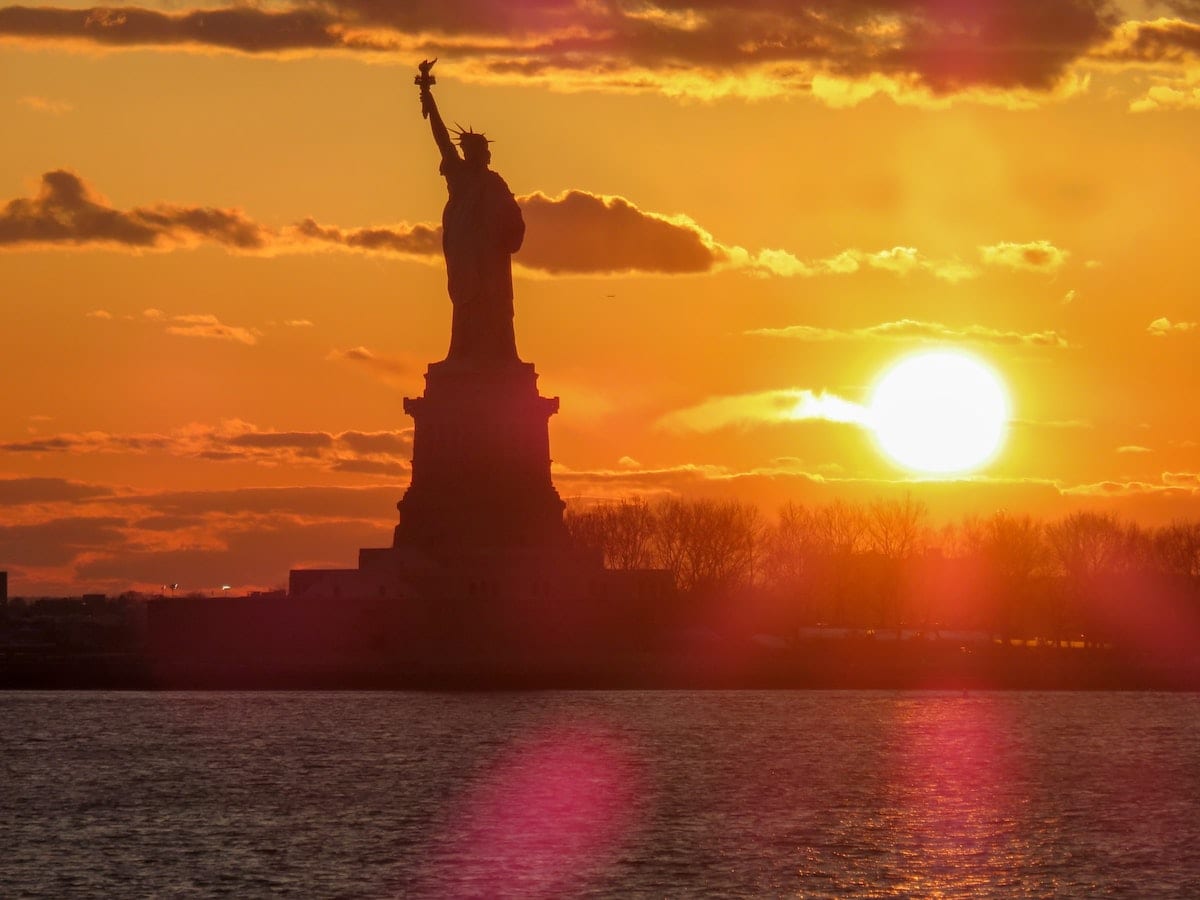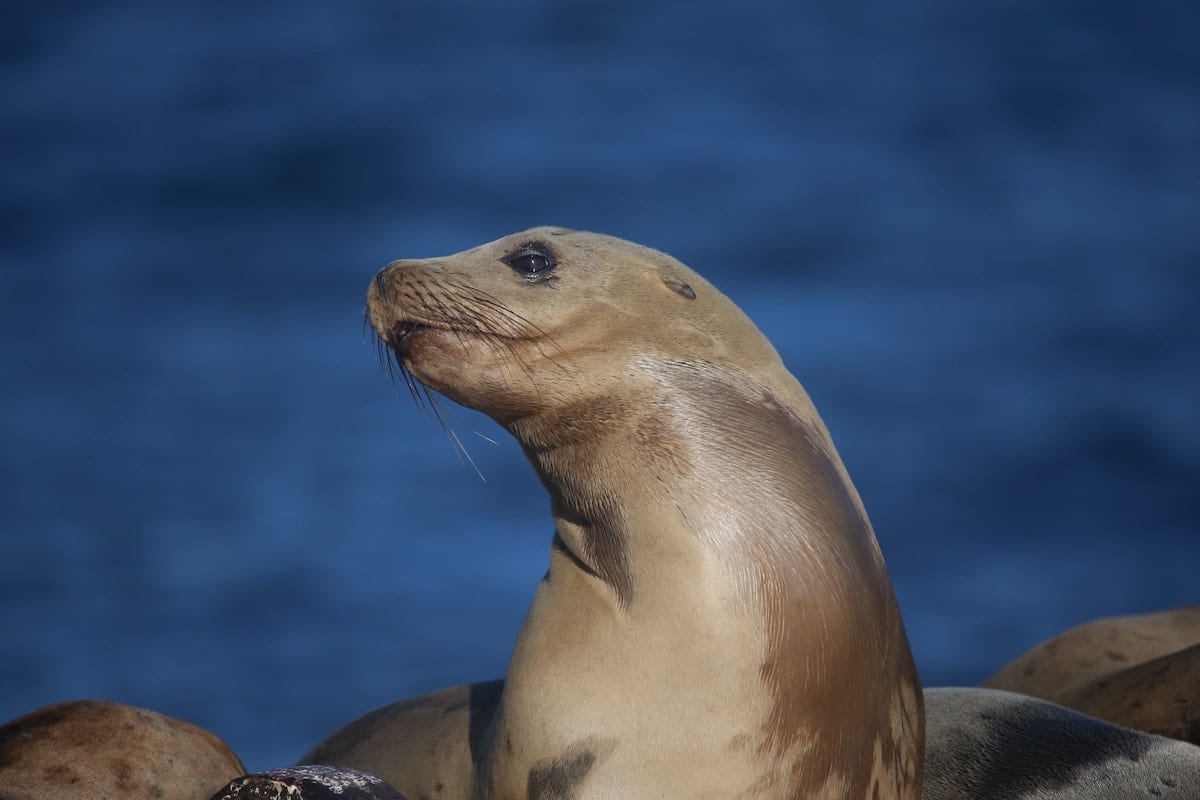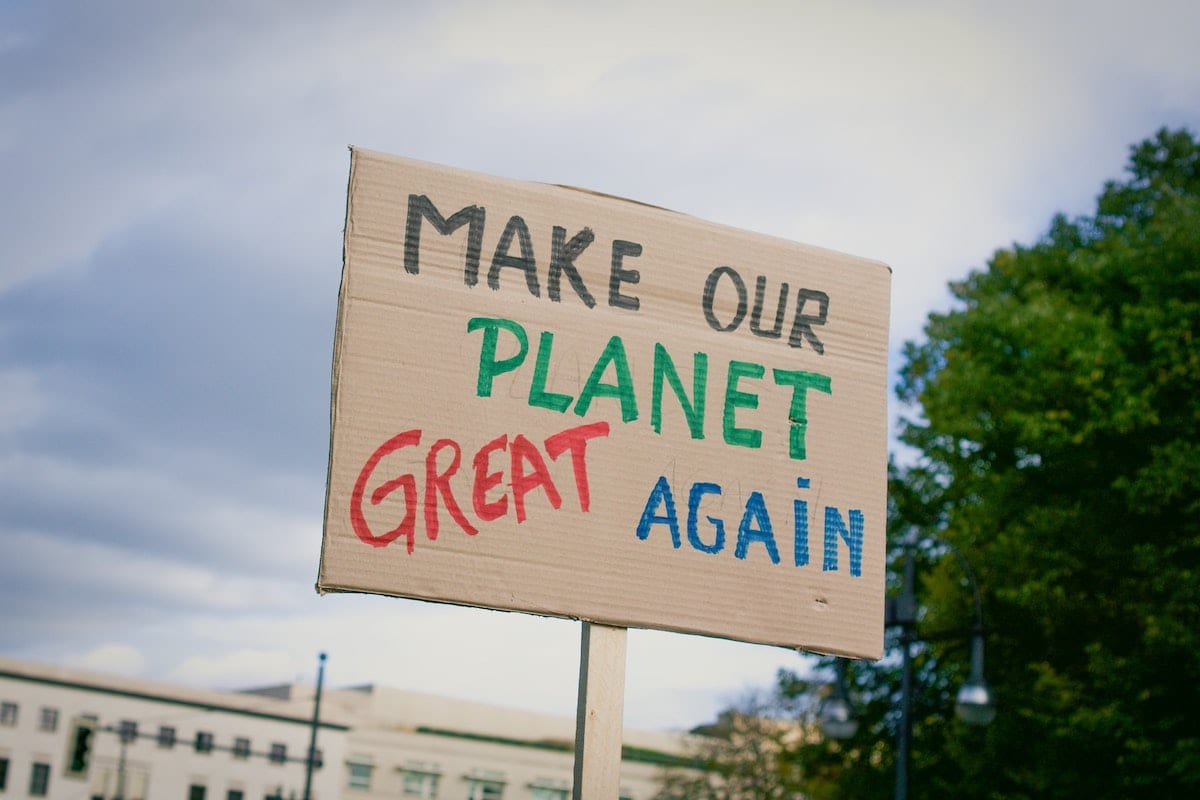The four long years of environmental deregulation came to an end on January 20 when Joe Biden took office. While the Trump administration’s legacy is one of relaxing and deleting environmental laws as giveaways to the oil and gas industry, the Biden administration has already made it clear it will restore environmental regulation. On the day Biden took office, he restored America’s place in the Paris Climate Agreement. By contrast, Trump signed an executive order within a few weeks after taking office requiring federal agencies to get rid of two regulations for every new regulation.
Restoring scientific integrity in federal agencies
On January 27, Biden signed executive orders designed to bring back environmental regulation. One of those executive orders is titled the Presidential Memorandum on Scientific Integrity and Evidence-Based Policymaking. It directs federal agencies to make decisions based on the best available science and data. The memorandum gives the Director of the Office of Science and Technology Policy the responsibility for ensuring scientific integrity across federal agencies.
The memorandum corrects one of the Trump administration’s last rules. Dubbed the “anti-science rule,” the Strengthening Transparency in Pivotal Science Underlying Significant Regulatory Actions and Influential Scientific Information, limits what research the federal agency can use to set public health policy. The rule restricts the EPA’s use of key scientific studies when it considers taking regulatory action on pollution and toxic chemicals.
Tackling climate change
Biden signed an executive order declaring net-zero global emissions by mid-century are required to avoid the worst impacts of climate change.
- The order affirms that the U.S. will exercise leadership in dealing with climate change.
- The order establishes the White House Office of Domestic Climate Policy, led by the National Climate Advisor and Deputy National Climate Advisor. It will be a central office in the White House with the responsibility to coordinate and implement the President’s domestic climate agenda.
Instructing the federal government to lead by example
The executive order Biden signed on January 27 directs the federal government to lead by example. It directs federal agencies to procure carbon emission-free electricity and zero-emission vehicles. The purchases must be made in America, following Biden’s Buy American executive order. The order also directs federal agencies to develop a plan increasing the resilience of their operations and facilities to climate change impacts.
Putting the brakes on new fossil fuel leases on public lands and fossil fuel subsidies
The executive order directs the Interior Secretary to put the brakes on new oil and natural gas leases on public lands and offshore waters. It directs the Interior Secretary to launch a review of all existing leases and permitting practices of fossil fuel development on public lands and waters. The DOI must also take steps toward doubling renewable energy production from offshore wind by 2030. Under the Trump administration, oil and gas leases were granted on public lands across America, including in Alaska’s Arctic area.
The executive order directs federal agencies to eliminate fossil fuel subsidies. U.S. direct fossil fuel subsidies are an estimated $20 billion a year, and that is a conservative estimate. The oil and gas industry receives 80 percent of the subsidies, while the coal industry receives 20 percent.
Photo by Rehan Syed on Unsplash






